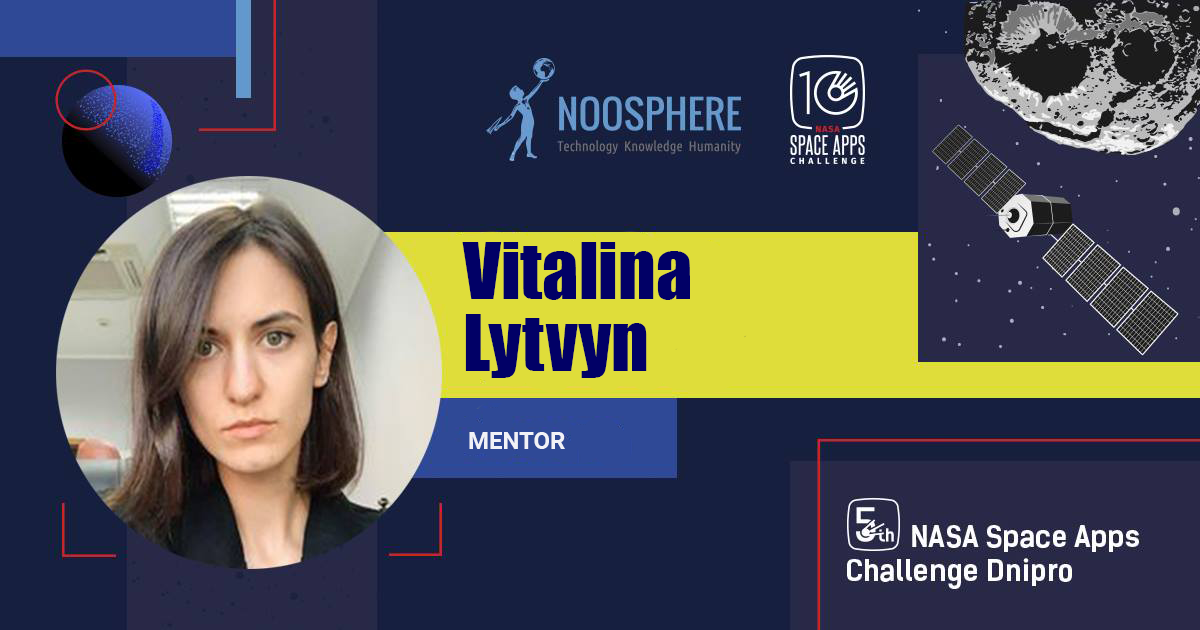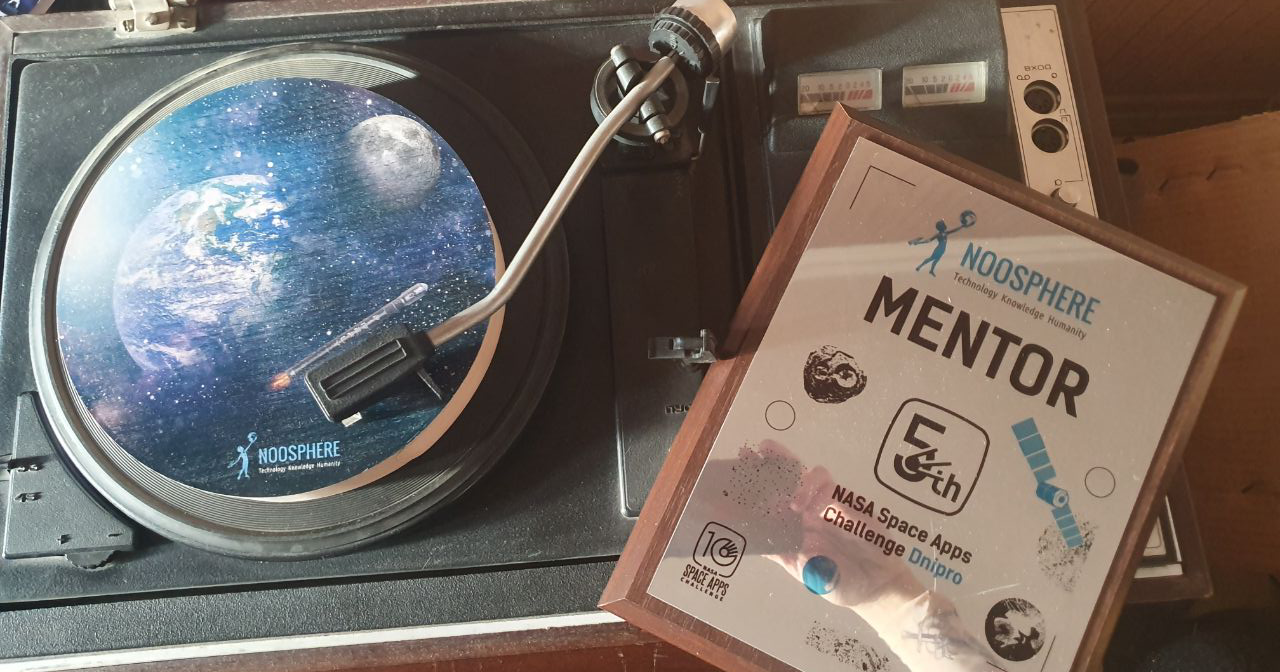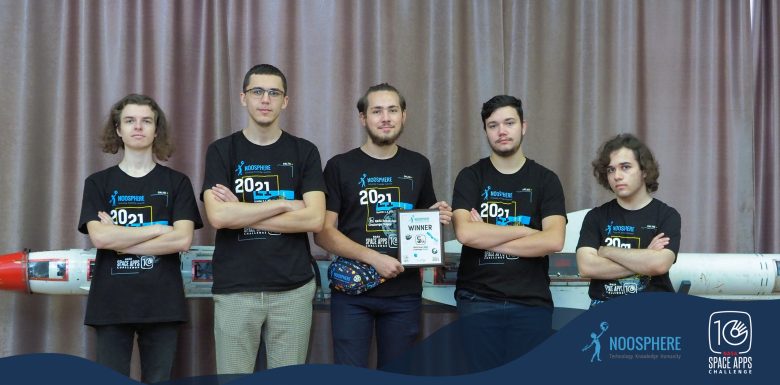The tenth annual NASA Space Apps Challenge took place on October 2-3. Participants from 160 countries formed teams and were guided by mentors to solve the real-world problems put forth by NASA experts.
This year’s event was named The Power of Ten, noting the tenth year for the global hackathon. In honor of the anniversary, organizers even increased the number of nominations to 10.
For us, this hackathon was also a milestone — it was the fifth time Noosphere organized the local stage in Dnipro. When we first became the local lead for the hackathon in 2017, 60 people tried their hand at solving space tasks. This year there were 156!
The hackathon brought together people of all ages and professions: young scientists, students, programmers, engineers, marketers, and even just enthusiasts.
And the participants hailed from further afield than just Dnipro and the region: we were glad to see the contestants from Smila, Kharkiv, Kyiv, Cherkasy, and Rivne.
Participants formed 24 teams to tackle the tasks with the support of stellar mentors. Among the mentors were even winners from previous NASA Space Apps Challenges.

Mentor Vitalina Lytvyn, Design Operations manager, Interaction designer for complex digital products, claimed victory in the local stage in Dnipro in 2017 hackathon.
So, mentors were able to share not only their professional experience with the participants, but also their experiences as participants in the NASA Space Apps Challenge. Because a good idea alone doesn’t win. It needs to be shaped into a solid project and presented in a professional manner to the jury, which this year included:
- Michael Ryabokon, Chairman of the Board, Noosphere
- Victor Serbin,CEO and founder of the space company SETS
- Sergey Veretyuk, Head of Noosphere Engineering School
This year’s local tournament winners are:
1st place — OSTE S TEAM
Project: A device that reproduces an asteroid’s environment and simulates how its surface would reflect light. This program can be used in the field of education.
2nd place — Aerospace Technologies Corp
Project: Stratospheric probes made from available materials. With the help of these probes, any student can build their own stratospheric balloon and launch it into near space.
3rd place — SPACE HEALERS
Project: Telegram-bot where you can test your knowledge of the risks associated with human spaceflight and experience being a spaceship captain. This game is intended to raise awareness of space research in an interesting and exciting way.
The winners of the local stage go on to the international tournament to compete for the grand prize — an opportunity to visit a rocket launch in the U.S. and personally present their project to NASA experts!

